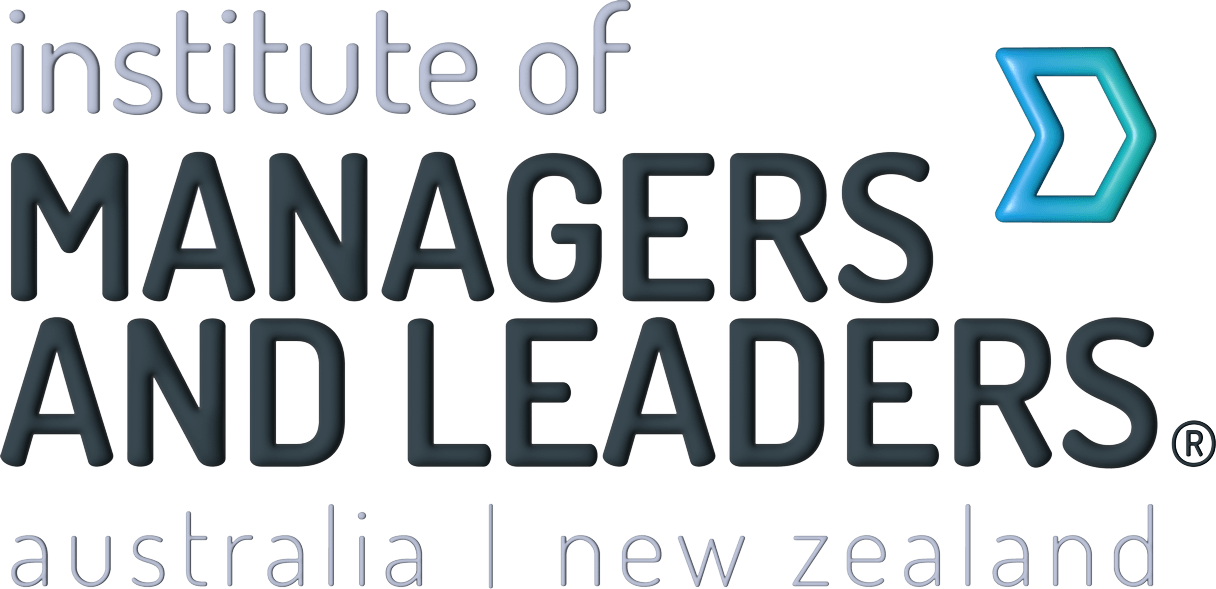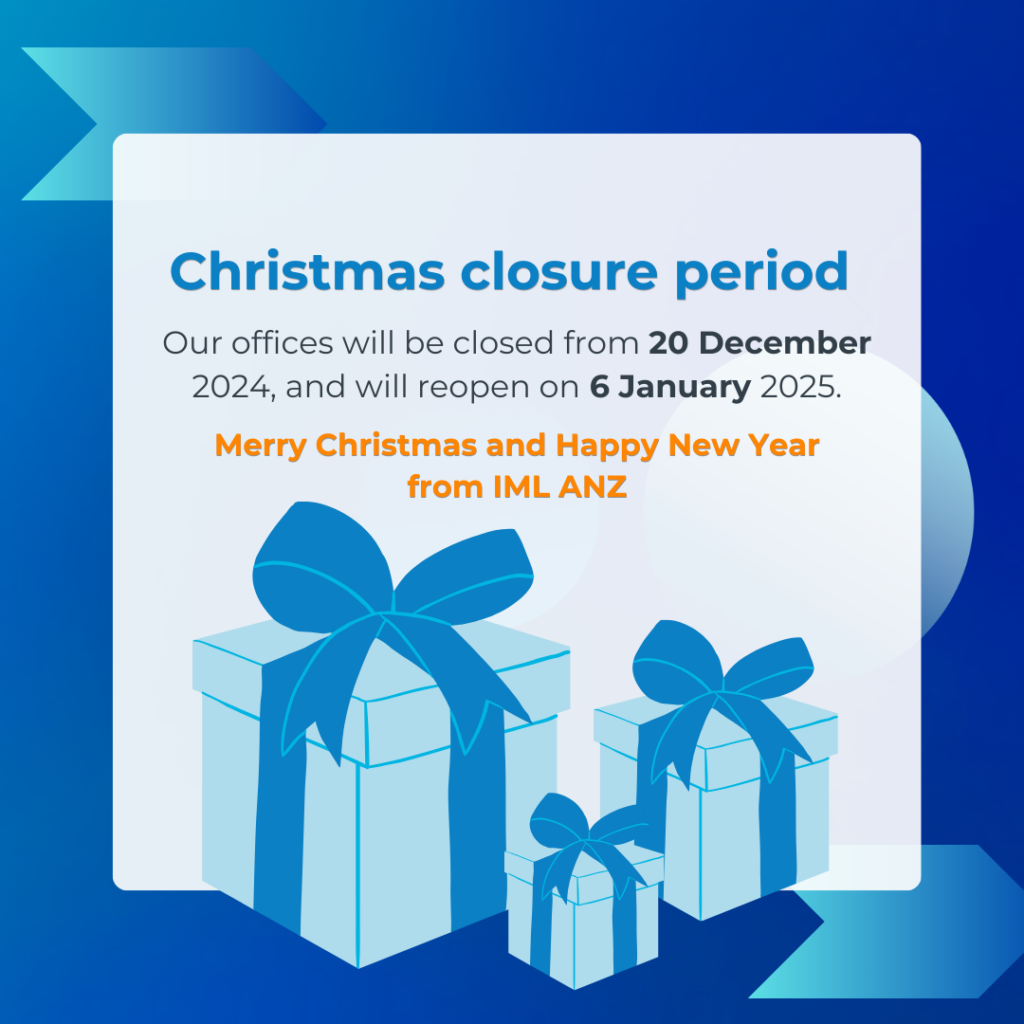Without integrity, discipline and the ability to implement excellence, leaders will fail to deliver on the promises they make.
by PROFESSOR DANNY SAMSON
Effective leaders lead by example and are true to their commitments. They deliver on their promises and, in doing so, set standards for others to follow. When leaders say one thing but do another, the organisation will suffer. On the flipside, when our staff see us as achieving and delivering on our agreed commitments, then they will follow suit.
I have been fortunate to study firsthand many of the world’s best companies, and observe what their leaders do to achieve their industry leadership. The common principles I’ve observed are integrity and discipline. They were strongly connected to a third key principle which was implementation excellence.
Principle 1: Integrity
Integrity boils down to openness, honesty and truth-telling. In great organisations, leaders deliver on their promises. They treat all stakeholders with respect and find ways to create mutual value for all parties. Organisations such as HP, Toyota, BHP and ABB are justifiably admired for always striving to take the high road on integrity. (Judging by what we have seen recently during the banking Royal Commission, the same cannot be said about many of our financial institutions in Australia.)
To test the comprehensiveness of your personal and organisational approach to “telling the whole truth”, consider the testing circumstance of how well you manage underperforming employees. Do the managers in your organisation fully manage poor performers and tell them the whole truth? Or do they take the easy route in the short term, and end up carrying passengers that weigh down the organisation and negatively impact on overall morale and engagement across teams and the wider business?
Principle 2: Discipline
The discipline principle involves establishing and living by a set of standards, in terms of operating procedures, and having stability in our processes. These help guide us in the delivery of our commitments. It is hard for anyone, even the most capable executive, to effectively deliver on commitments if the organisation is struggling in its day-to-day activities, lurching from one crisis to the next.
I haven’t seen a better company than Toyota when it comes to stability. Whenever the unexpected occurs, Toyota’s management focus as tremendous attention upon it, problem-solves it, and then returns to the steady state. With such a stable organisation in place, when executives commit to engaging in new or innovative initiatives, they usually have time to effectively deliver on them. That approach has become part of the Toyota culture, right from the top floor to the shop floor.
Principle 3: Implementation excellence
The implementation excellence principle is a high bar to achieve. Yet it is imperative if you want to consistently deliver on your promises. In fact, this is what separates high performers from the rest of the pack.
My research has found that when it comes to executing on major promises, there are two key requirements. First is the need to be well organised. This means planning and executing initiatives as formal projects, including a specific timeline, budget and outcome. (Executing that plan only works well when there is a solid plan in place of course!) Second comes the accountability for actually doing the work and reaping the benefits from the initiative. That means there are consequences for poor performance, and recognition for high performance.
A remarkable combination
If you can combine these three principles in your organisation, the results can be remarkable. You will see leaders delivering on their promises and, in doing so, they will help to create a culture where others live up to these principles too.
But when leaders are not guided by these three principles, you can expect the organisation to be “soft” and slothful in its achievements. Ultimately the business will suffer after cutting corners and falling short on integrity (as demonstrated recently at various banks).
I encourage you to reflect upon this in two ways. First, by reading further about great leaders and their organisations where you can see these principles in action. Second, by questioning yourself and deciding what improvements you can make when it comes to integrity, discipline and implementing excellence.
Collectively, these three principles will enable you to deliver fully on your promises.

Professor Danny Samson, University of Melbourne Director, Master of enterprise & Master of Supply chain Management
MAKE YOUR MARK. GO CHARTERED
Chartered Manager (CMgr) is the internationally-recognised professional designation accrediting management and leadership excellence.
The highest status that can be achieved as a manager and leader, it allows managers to professionalise their leadership skills and stand out in a competitive global market.
Focused on Continuing Professional Development (CPD), Chartered Manager is awarded on experience, expertise and a commitment to management and leadership.
For more details visit Chartered Manager















